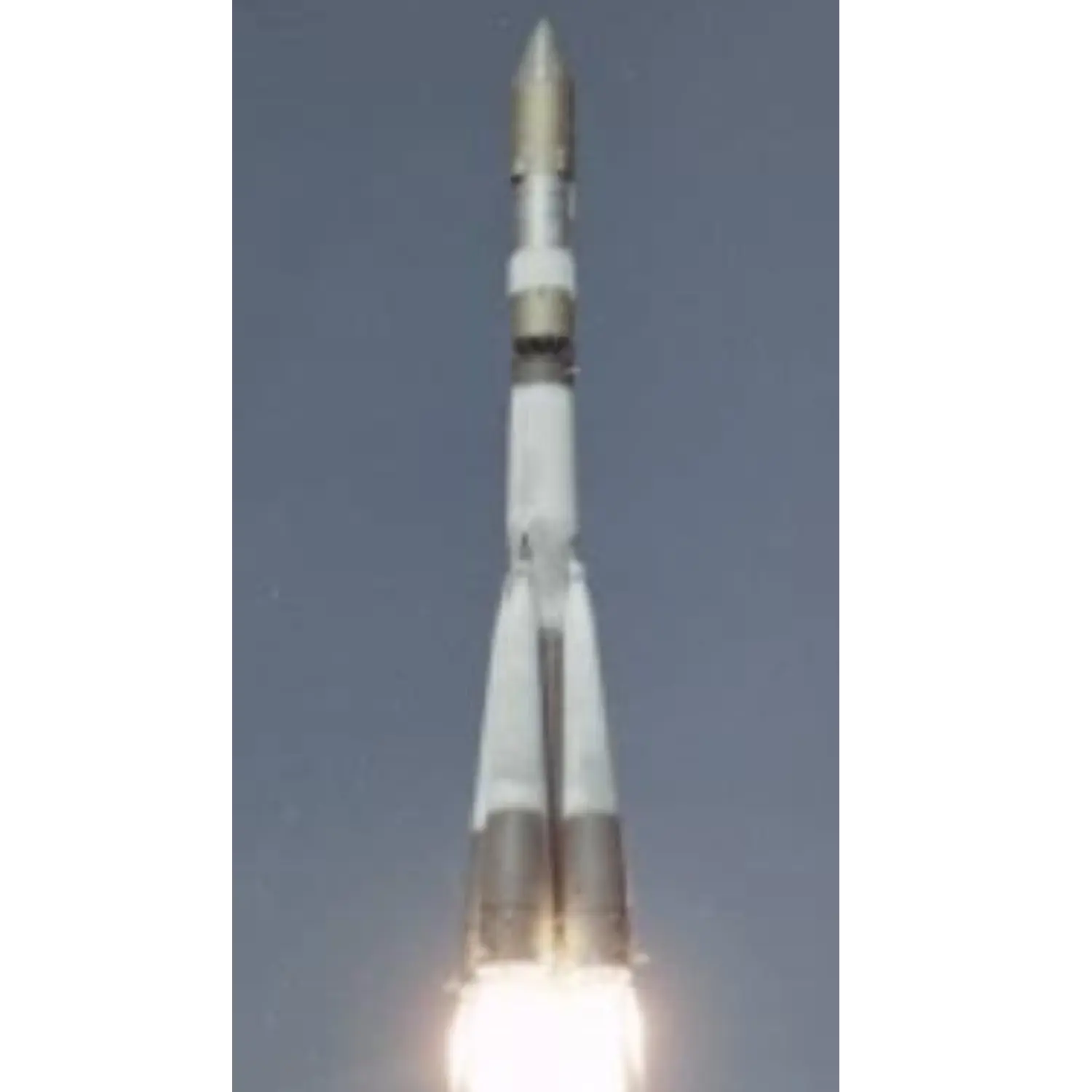Venera 1
Launch Success
Liftoff Time (GMT)
00:34:36
Sunday February 12, 1961
Mission Details
Launch Notes
First space probe to head to another planet, to leave Earth's sphere of influence, and to fly over another planet, Venus. Molniya becomes the first interplanetary launcher, Venera-1 is the first Soviet space probe to leave Earth orbit.
Venera 1
Venera 1 was consisting of a cylindrical body 1.05 metres in diameter topped by a dome, totalling 2.035 metres in height. This was pressurized to 1.2 standard atmospheres with dry nitrogen, with internal fans to maintain even distribution of heat.[citation needed] Two solar panels extended from the cylinder, charging a bank of silver-zinc batteries. A 2-metre parabolic wire-mesh antenna was designed to send data from Venus to Earth on a frequency of 922.8 MHz. A 2.4-metre antenna boom was used to transmit short-wave signals during the near-Earth phase of the mission. Semidirectional quadrupole antennas mounted on the solar panels provided routine telemetry and telecommand contact with Earth during the mission, on a circularly-polarized decimetre radio band. The probe was equipped with scientific instruments including a flux-gate magnetometer attached to the antenna boom, two ion traps to measure solar wind, micrometeorite detectors, and Geiger counter tubes and a sodium iodide scintillator for measurement of cosmic radiation. An experiment attached to one solar panel measured temperatures of experimental coatings. Infrared and/or ultraviolet radiometers may have been included. The dome contained a KDU-414 engine used for mid-course corrections. Temperature control was achieved by motorized thermal shutters. Three successful telemetry sessions were conducted, gathering solar-wind and cosmic-ray data near Earth, at the Earth's Magnetopause, and on February 19 at a distance of 1,900,000 km. Venera 1 provided the first verification that this plasma was uniformly present in deep space. Seven days later, the next scheduled telemetry session failed to occur. On May 19, 1961, Venera 1 passed within 100,000 km of Venus. With the help of the British radio telescope at Jodrell Bank, some weak signals from Venera 1 may have been detected in June. Soviet engineers believed that Venera 1 failed due to the overheating of a solar-direction sensor.
Heliocentric Orbit
1 Payload
642 kilograms
Rocket


Manufacturer
RKK EnergiyaRocket
Height: 44.23m
Payload to Orbit
LEO: 6,000 kg
GTO: 2,200 kg
Liftoff Thrust
4,378 Kilonewtons
Fairing
Diameter: 2.58m
Height: 6.74m
Stages
4
Strap-ons
4
Launch Site
Stats
Molniya
4th
Mission
2nd
Mission of 1961
RKK Energiya
22nd
Mission
2nd
Mission of 1961
1961
3rd
Orbital launch attempt